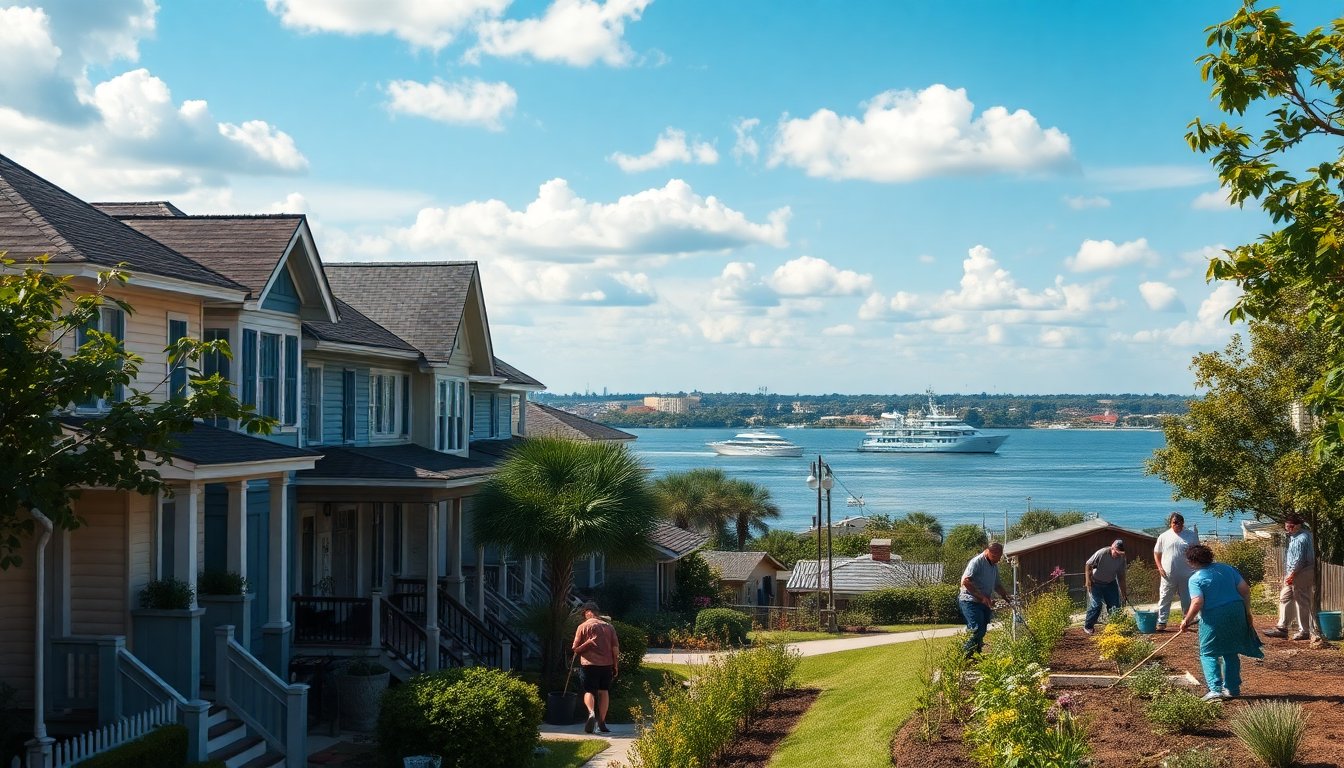Table of Contents
As we approach the 20th anniversary of Hurricane Katrina, it is important to reflect on the significant impact this catastrophic event had on individuals, communities, and disaster management practices. The storm made landfall on August 29, 2005, as a Category 3 hurricane and remains a vivid memory for those who lived through its devastation. Beyond the immediate destruction caused by winds and floodwaters, Katrina marked a crucial turning point in understanding the need for effective disaster response and community resilience.
The Immediate Aftermath of Katrina
Hurricane Katrina struck the Gulf Coast, severely affecting areas in Louisiana and Mississippi. The storm surge resulted in catastrophic flooding, claiming over a thousand lives and leaving communities in ruins. In Plaquemines Parish, stories of survival emerged from the wreckage. Individuals like Corrine English recall how their lives were turned upside down. “It just feels really raw,” English stated, reflecting on the emotional toll of losing nearly everything. For survivors, the memories of that day remain vivid, intertwined with ongoing challenges in rebuilding their lives.
As the floodwaters receded, the extent of the damage became evident. Entire neighborhoods were submerged, families were isolated, and the landscape had changed forever. For many, coping with the tragedy required not only physical recovery but also emotional healing. The resilience shown by individuals, particularly parents striving to provide normalcy for their children amidst chaos, became a powerful narrative of hope.
Shifting Perspectives on Disaster Response
The chaos that unfolded in places like the Superdome highlighted significant gaps in emergency preparedness. Corbett Reddoch, a member of the Louisiana National Guard, described the harrowing experience of being trapped as the levees failed. “It was basically a three-day fist fight,” he recalled, emphasizing the desperate circumstances faced by thousands. This experience underscored the necessity of robust disaster response protocols.
In the aftermath of Katrina, the lessons learned have transformed how emergency management is approached. Today, officials stress the importance of comprehensive planning, including backup systems for communication and resource management. “We do plan for the potential failures of our systems,” said Matt, a current emergency leader, highlighting a proactive approach aimed at minimizing the impact of future disasters.
The evolution of disaster response strategies illustrates the endurance of communities that have faced such challenges. Former police chief Leonard Papania noted that while the physical landscape of Gulfport has changed, the character built during the crisis remains intact. “In moments like these, you don’t build character, you demonstrate it,” he remarked, capturing the deep ties that bind these communities together.
Looking Ahead: The Legacy of Katrina
As we reflect on the two decades since Hurricane Katrina, it is crucial to acknowledge the resilience of the human spirit in the face of adversity. Survivors like Corrine English carry memories of their past while navigating their transformed lives. Their experiences serve as powerful reminders of the importance of community support and preparedness.
The lessons learned extend beyond the Gulf Coast; they resonate within disaster management practices nationwide. Emergency officials continue to adapt strategies based on the experiences of Katrina, ensuring that future responses are informed by historical challenges.
As we honor the memories of those lost and recognize the struggles of survivors, it is evident that the legacy of Hurricane Katrina will continue to influence resilience and recovery efforts for generations to come. The principles of preparation, community, and adaptability are vital in facing the inevitable challenges that lie ahead.


